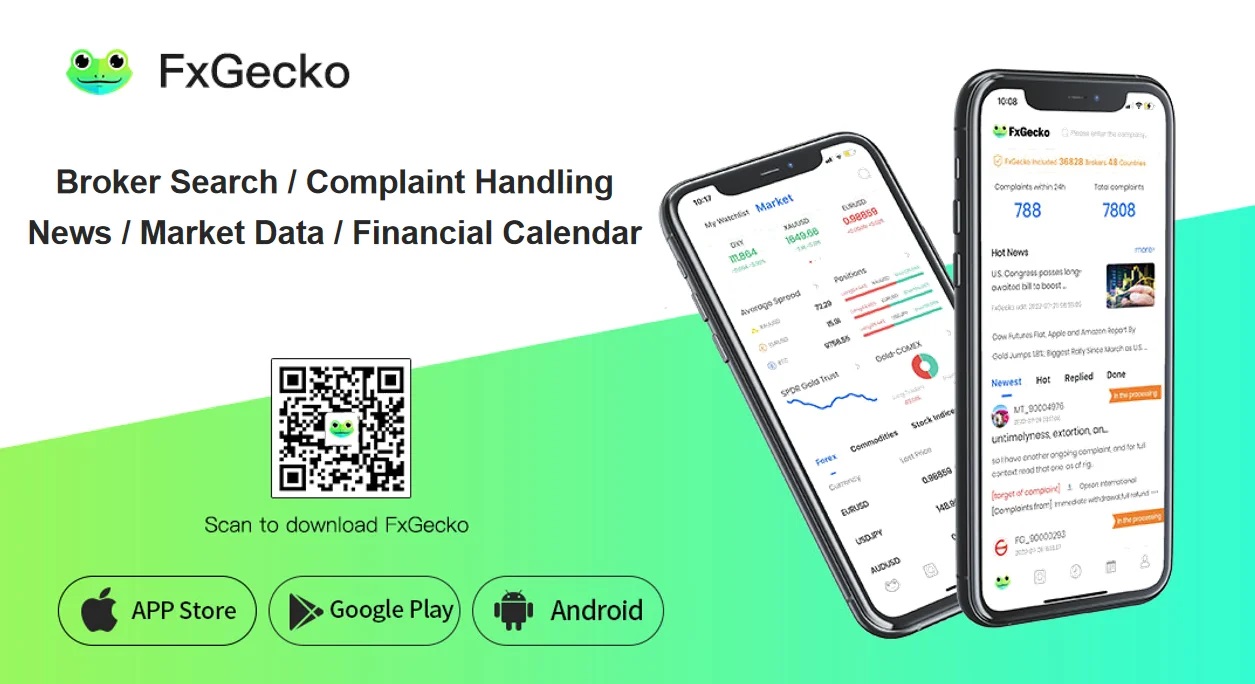Oil is the most commonly traded commodity around the world, and much of this is to do with the volatility of the market. Price fluctuations present traders with great opportunities to profit, taking advantage of short-term price movements.
Oil prices are closely affected by external events and during periods of political or economic turmoil, prices can fluctuate heavily. Because of this, it’s vital that you have extensive knowledge of the market, know what can cause price movements and have a developed strategy in place.
One of the most popular ways to open a position in the market is to trade using a contract for difference (CFD). In this article, we will explain what an oil CFD is and why you should consider this as part of your strategy, when trading in the oil market.
What is a CFD?
An oil CFD is a contract between an investor and an investment broker, made when you decide to open a position in the oil market. The two parties agree to exchange the difference in value of the asset once the contract has ended.
A CFD enables you to trade on the price movements of oil without owning the underlying asset. This means that you are trading on the value of the contract, rather than the asset itself. You can start trade oil CFDs and read more about how oil trading works on Plus500, for example.
The benefits of trading oil CFDs
There are some advantages to traded oil CFDs, compared to more traditional trading. The main benefits are:
-
Increased flexibility when trading
As previously mentioned, when trading oil CFDs you don’t own the underlying asset, but rather the contracts made with the broker. This is beneficial because it will provide you with increased flexibility. You can speculate on the market, opening or closing positions based upon your predictions that prices may change.
You’ll also be able to adopt a more flexible trading style because CFDs provides you with leverage. This means that you can open a position in the oil market without having to provide the full value of that asset. Instead, you’ll be required to pay a portion of the value and borrow the rest from a broker. Using leverage, you’ll be able to spend less of your capital and gain greater exposure in the market.
-
Diversify your portfolio
When trading CFD’s, you’ll have the opportunity to diversify your portfolio with ease, since there are a multitude of trading opportunities available to you. You could invest in an array of commodity CFD’s and also have access to stock, currency, treasury, sector and index. A diverse portfolio minimises the level of risk that you’re exposed to, since your investments are spread across different sectors and asset classes.
-
Trade on rising and falling markets
Price movements in the oil market can be induced by a multitude of external factors. This includes news releases, political events like elections, and macroeconomic factors. When trading oil CFDs, you can trade and profit on both rising and falling markets. In fact, many traders use CFDs as part of a well-constructed strategy, to hedge their existing investments, and ride waves of uncertainty and volatility in the market.
—
So, why trade oil CFDs? Like with any investment in the financial market, oil trading is risky and CFDs can help you to reduce the risk of making losses on your investment. This is because you’ll be able to utilise leverage and trade on both rising and falling markets.
Of course, no matter how you trade or what you trade in, you’ll need to do your research and employ fundamental and technical analysis to make well-informed predictions and decisions with regards to your investments.








Add Comment